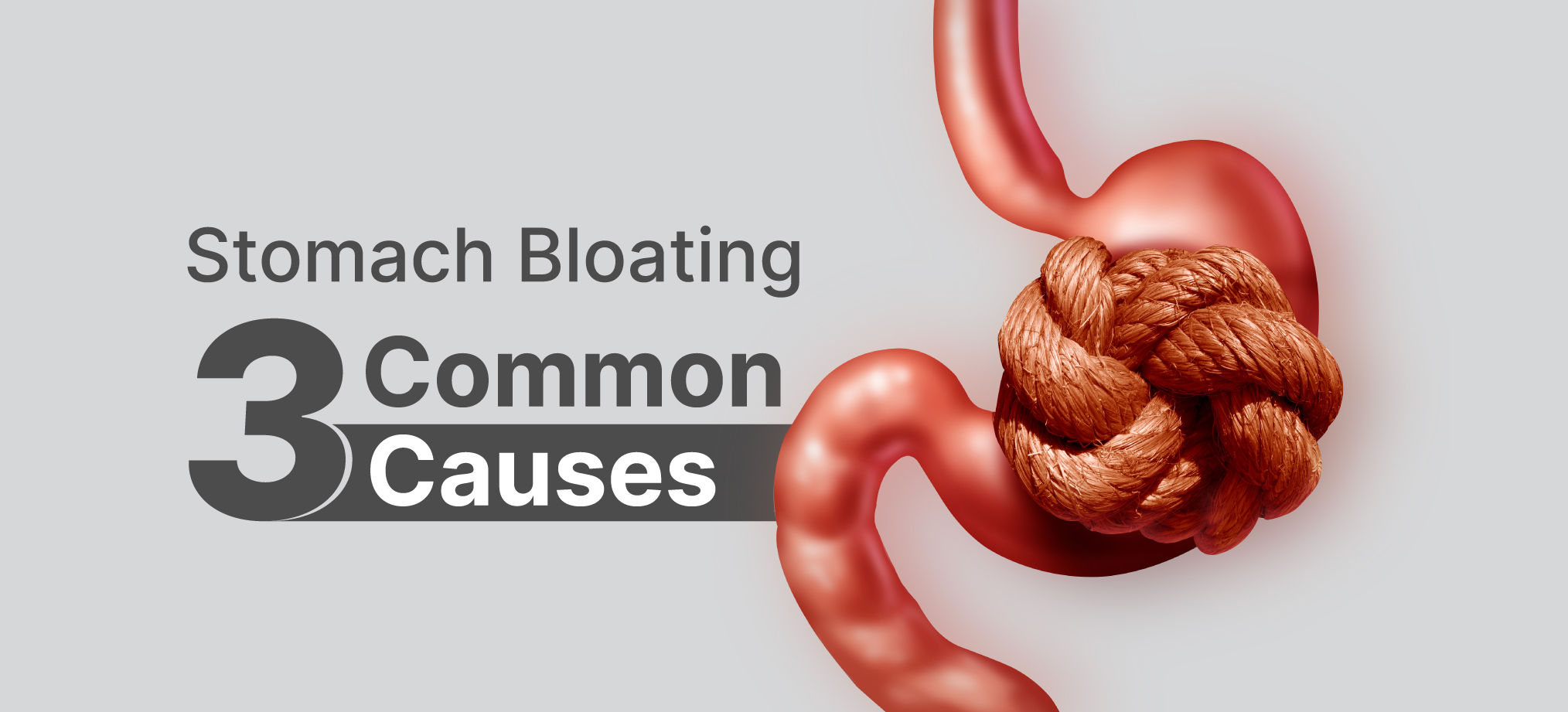General Health
Understanding Post-Prandial Blood Sugar (PPBS): What’s the Normal Range, Procedure and Results
5 min read
By Apollo 24|7, Published on - 07 January 2025
Share this article
0
0 like
.jpg?tr=q-80)
Post-prandial refers to the period following a meal. Post-prandial blood sugar measures the glucose level in the blood after eating. Consuming food, particularly carbohydrates, causes the body to break it down into glucose, which enters the bloodstream. This increase in blood sugar prompts the pancreas to release insulin, a hormone that facilitates glucose absorption by cells for energy or storage.
Monitoring post-prandial blood sugar is crucial for detecting early signs of diabetes, evaluating the effectiveness of diabetes management plans, and preventing complications associated with high or low blood sugar levels.
What is a Postprandial Blood Sugar (PPBS) Test?
The test to measure post-prandial blood sugar is similar to any standard blood test. It is referred to by various names, such as postprandial glucose, 2-hour postprandial glucose, 2-hour PPG, or 2-hour postprandial blood sugar. This test evaluates how the body processes sugar and starch after a meal. As food is digested, blood sugar levels rise significantly, prompting the pancreas to release insulin. Insulin facilitates the movement of sugar from the bloodstream into muscle and tissue cells for energy. A healthy individual's blood sugar levels typically return to normal within two hours. Persistently elevated blood sugar levels after this period may indicate a diabetic condition.
Why is the test needed?
The two-hour post-prandial sugar level test can determine whether one has prediabetes, type 2 diabetes, or gestational diabetes (a form of the disease affecting roughly 10% of people with pregnancy). Hence, one may need this test if the consulting physician wants to see if one has diabetes or another insulin-related disorder, especially if the following symptoms are seen, such as:
- Frequent urination
- Feeling excessively thirsty
- Blurred vision
- Chronic fatigue
- Recurrent episodes of infections
- Slower healing
Pregnant women may have this test to screen for gestational diabetes. This is diabetes that can develop during pregnancy. Treating gestational diabetes reduces the risk of health problems for mother and baby both.
What is the Procedure for Post-Prandial Blood Sugar (PPBS)?
The test involves collecting a blood sample using a needle to draw blood from a vein in the arm or hand. Blood sugar is usually measured two hours after starting a meal to capture the peak glucose level following digestion. Preparation includes fasting before the meal and consuming a carbohydrate-rich or standardised meal to ensure accurate results.
The test can be conducted either at home or in a pathology lab. Home testing utilises glucometers for quick, convenient results, while lab testing offers more precise and comprehensive measurements, often preferred for clinical assessments.
Normal Range for Post-Prandial Blood Sugar (PPBS)
The blood sugar PP normal range provides valuable insights into metabolic health:
- Normal: Less than 140 mg/dL (7.8 mmol/L)
- Prediabetes: Between 140 and 199 mg/dL (7.8 and 11 mmol/L)
- Type 2 diabetes: 200 mg/dL (11.1 mmol/L) or higher
The blood sugar PP normal range can vary based on age, pregnancy, and existing medical conditions. Pregnant individuals, for instance, may have specific glucose targets to manage gestational diabetes.
Interpreting Post-Prandial Blood Sugar (PPBS) Results
Interpreting post-prandial blood sugar results is crucial for assessing metabolic health and identifying potential issues with glucose regulation. As mentioned above, in a healthy individual, blood sugar levels should typically return to below 140 mg/dL within two hours after eating. Readings between 140 and 199 mg/dL may indicate prediabetes, while levels exceeding 200 mg/dL suggest diabetes. However, interpretation must consider age, activity level, underlying health conditions, and medications.
A single abnormal reading may not confirm a diagnosis, but consistent patterns of elevated levels warrant further medical evaluation. Understanding these results in the broader context of overall health can guide lifestyle changes or medical interventions to better manage blood sugar levels.
Factors Affecting Post-Prandial Blood Sugar (PPBS) Levels
Several factors can impact post-prandial blood sugar levels, affecting how the body processes glucose after a meal. Understanding these influences can help individuals better manage their blood sugar levels and maintain overall metabolic health. Here are the key factors:
- Type of meal: The type and quantity of carbohydrates consumed significantly influence post-prandial blood sugar levels. High-glycemic-index foods can cause rapid spikes.
- Physical Activity: Test results may vary if one exercises during the testing period.
- Lifestyle and habits: Smoking or feeling extreme stress during the testing period may also affect the sugar levels.
- Medical Conditions and Medications: Conditions like insulin resistance, Type 2 diabetes, or certain medications (e.g., steroids) can affect how the body manages glucose after eating.
Managing Abnormal Post-Prandial Blood Sugar (PPBS) Levels
Managing abnormal post-prandial blood sugar levels requires a combination of dietary adjustments, lifestyle changes, and medical interventions. These strategies aim to stabilise blood sugar levels and improve overall metabolic health.
- Dietary Changes: Incorporating low-glycemic foods, balanced meals, and portion control can help maintain stable post-prandial glucose levels. An interesting and easy dietary intervention to limit post-prandial glucose spikes would be eating carbohydrates and proteins in a meal. Dietary fibres are indigestible carbohydrates that resist digestion and are a crucial anti-diabetic component of a healthy diet.
- Lifestyle Modifications: Exercise is an adjunct to dietary modulation. As little as 10 minutes or more of post-prandial walking can lower the glycemic impact of meals, effectively blunting post-prandial sugar spikes. One should avoid smoking and drinking alcohol as much as possible.
- Medical Interventions and Medications: For individuals with diabetes, insulin or oral hypoglycemics may be necessary to manage blood sugar effectively.
Summary
Post-prandial blood sugar testing plays a crucial role in understanding how the body metabolises glucose after a meal and is essential to managing diabetes effectively. By measuring the blood sugar levels at their peak post-digestion, this test provides valuable insights into how well the body processes glucose and responds to insulin.
Regular monitoring is especially important for identifying abnormalities early, such as signs of prediabetes or uncontrolled diabetes, enabling timely interventions that can prevent severe complications like cardiovascular disease, nerve damage, or kidney issues. Combining the results of post-prandial testing with proactive lifestyle changes, such as adopting a balanced diet, engaging in regular physical activity, and following medical advice, empowers individuals to take control of their health. Such measures can lead to better glucose regulation, reduced risks of long-term complications, and a significantly improved quality of life.
General Health
Leave Comment
Recommended for you

General Health
Kaun Banega Crorepati 2022: Play Ghar Baithe Jeeto Jackpot and win Rs. 1,00,000 every week
Download the Apollo 24/7 app and play the Ghar Baithe Jeeto Jackpot contest of Kaun Banega Crorepati to win Rs. 1,00,000 every week.

General Health
Here's Why You Are Always Bloated!
Have you ever had your stomach tight after eating a particular food? If so, you may be experiencing bloating. You can prevent bloating with simple changes to your food habits. Read along to find some interesting facts about bloating.

General Health
Does a Sinus Infection Cause Cold-like Symptoms?
Most of us tend to associate a stuffy, runny nose with the common cold or allergy. However, a sinus infection may be the reason behind these symptoms.
Subscribe
Sign up for our free Health Library Daily Newsletter
Get doctor-approved health tips, news, and more.
Visual Stories

Could There Be More to Your Snore?
Tap to continue exploring
Recommended for you

General Health
Kaun Banega Crorepati 2022: Play Ghar Baithe Jeeto Jackpot and win Rs. 1,00,000 every week
Download the Apollo 24/7 app and play the Ghar Baithe Jeeto Jackpot contest of Kaun Banega Crorepati to win Rs. 1,00,000 every week.

General Health
Here's Why You Are Always Bloated!
Have you ever had your stomach tight after eating a particular food? If so, you may be experiencing bloating. You can prevent bloating with simple changes to your food habits. Read along to find some interesting facts about bloating.

General Health
Does a Sinus Infection Cause Cold-like Symptoms?
Most of us tend to associate a stuffy, runny nose with the common cold or allergy. However, a sinus infection may be the reason behind these symptoms.